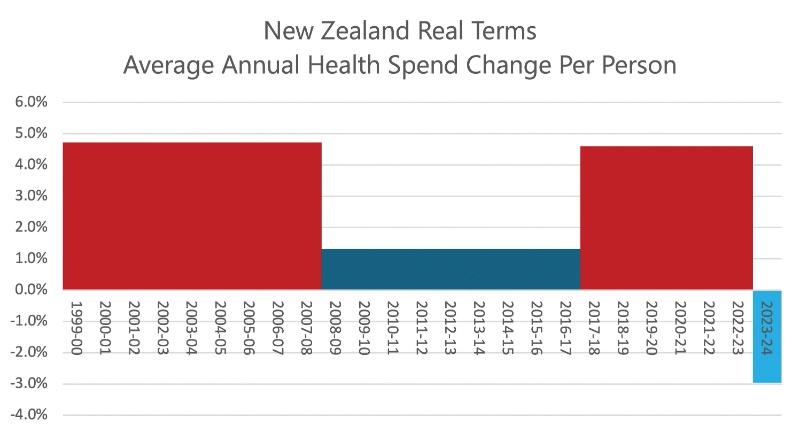Rubbish Fires Could Be Reduced With Correct Disposal Of Batteries
The number of fires in waste and recycling trucks and processing facilities could be reduced if small batteries were disposed of correctly, WasteMINZ chief executive Nic Quilty says.
Nic says used batteries or electrical items containing batteries that are thrown into kerbside recycling or general rubbish bins can easily get damaged and catch fire in collection trucks or in processing facilities. Batteries can also be harmful to the environment, as they contain metals which can leak if they aren’t managed correctly.
“With the increase in use of personal electronic items, anecdotal evidence shows us that there has been an increase in fires caused by damaged batteries, particularly lithium-ion.
“The drivers of our trucks and the frontline workers of our waste operators, recycling facilities and landfills face this danger every day. The issue is not only dangerous but also very costly.”
The issue has been brought to light by Auckland Council’s public awareness campaign, aiming to educate Aucklanders that household items which don’t seem dangerous can actually start fires.
Nic says battery disposal in New Zealand is complex, as there are many organisations who deal with the use, storage and disposal of the batteries, and these can vary from region to region.
However, she encourages members of the public to investigate where in their region they can drop batteries off to a collection facility, rather than throwing them in the rubbish bin.
A map on the WasteMINZ website has been developed to help the public understand where in New Zealand these facilities are located. The battery collection facilities are operated by either councils or private entities, and each have different requirements for how the batteries should be prepared prior to drop off, and what types of batteries they can receive.
The Ministry for the Environment is in the process of designing a regulated product stewardship scheme for e-waste, which includes household batteries. Its website states it plans to consult on regulations to support e-waste product stewardship in 2025.
Nic says a product stewardship scheme for e-waste should remain a priority for the Ministry for the Environment to ensure that there is a national system and direction for the safe disposal and recycling of batteries.
In the meantime, WasteMINZ’s battery working group, which has representation from local councils, Fire and Emergency New Zealand and private recycling organisations, is working to help councils and private entities understand best practice when it comes to setting up a battery collection facility, so there can be a wider network of collection facilities across the motu.
Note: Who is WasteMINZ?
WasteMINZ is the largest representative body of Aotearoa New Zealand's waste, resource recovery and contaminated land sectors. We are the authoritative voice on waste, resource recovery and contaminated land management in New Zealand, with members from small and large waste operators, materials recovery facilities, community groups, researchers, food rescue groups, major supermarkets, tech companies, packaging producers, contaminated land specialists, consultants and many others looking to make a difference to the environment.


 Gordon Campbell: On The Americanising Of NZ’s Public Health System
Gordon Campbell: On The Americanising Of NZ’s Public Health System Rio Tinto & NZAS: Archaeological Project Underway From Historic Excavations At Tiwai Point
Rio Tinto & NZAS: Archaeological Project Underway From Historic Excavations At Tiwai Point New Zealand Deerstalkers Association: NZDA Urges Hunters To Prioritise Safety This Roar Season
New Zealand Deerstalkers Association: NZDA Urges Hunters To Prioritise Safety This Roar Season PSA: 1000 Days Since Landmark Pay Equity Deal Expired - Workers Losing $145 A Week
PSA: 1000 Days Since Landmark Pay Equity Deal Expired - Workers Losing $145 A Week Grace Tinetali-Fiavaai, RNZ: Widow Of Fa'anānā Efeso Collins Seeks Inquiry Into His Death - 'Unanswered Questions'
Grace Tinetali-Fiavaai, RNZ: Widow Of Fa'anānā Efeso Collins Seeks Inquiry Into His Death - 'Unanswered Questions' Te Pāti Māori: Te Pāti Māori Call For Mandatory Police Body Cameras
Te Pāti Māori: Te Pāti Māori Call For Mandatory Police Body Cameras NZ First Party: NZ First Introduces the “Conscience Acts Referendums Bill”
NZ First Party: NZ First Introduces the “Conscience Acts Referendums Bill”


